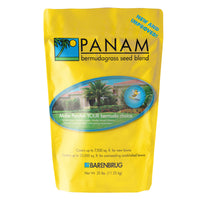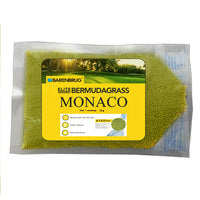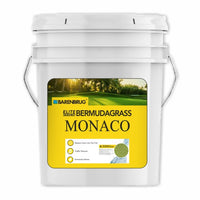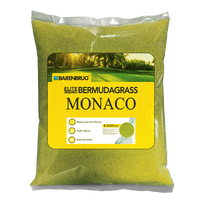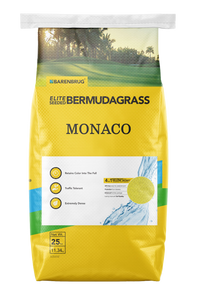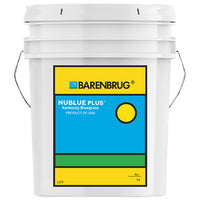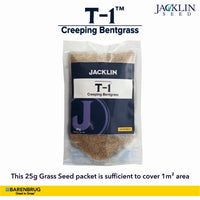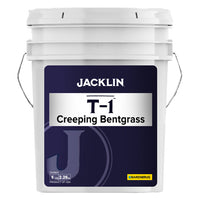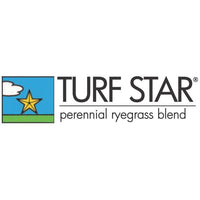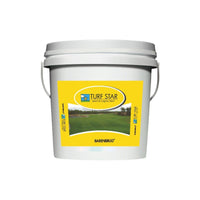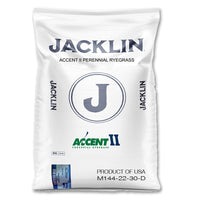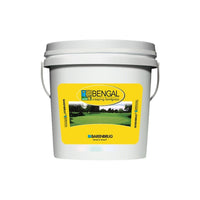Adenium, commonly known as the Desert Rose, is a stunning flowering plant admired for its sculptural shape, bright trumpet-like flowers and bulbous caudex. With its drought tolerance and tropical appeal, Adenium is a favourite among Indian home gardeners and bonsai enthusiasts. But as summer hits with full intensity in India, Adenium care becomes crucial to ensure healthy growth and continuous blooming.
In this comprehensive guide, we’ll walk you through everything you need to know about Adenium summer care, covering sunlight, watering, soil needs, pruning, fertilization and more—so your desert rose thrives even in the harshest heat.
1. Understanding Adenium and Its Natural Habitat
Adeniums are native to arid regions of Africa and the Middle East. These plants are well-adapted to hot and dry climates, making them a perfect fit for the Indian summer. However, despite their desert origins, they still need the right care to avoid stress, dehydration, and diseases during extreme heat.
2. Ideal Summer Climate for Adenium
Summers can range from dry and hot to humid and hot. Adeniums thrive best in dry heat. If you’re in a humid region, you’ll need to take special precautions to prevent fungal infections and root rot.
3. Choosing the Right Spot: Light and Location
Adenium loves the sun—at least 6 to 8 hours of direct sunlight per day.
- Place the plant in a well-light, sunny area such as a terrace, balcony or open garden.
-
In extremely hot regions (above 40°C) provide some afternoon shade using shade nets or relocating the pot temporarily.
Pro Tip: Avoid keeping Adenium in air-conditioned rooms or low-light indoors during summer.
4. Summer Watering Routine for Adenium
Watering is the trickiest part of Adenium summer care. While the plant is drought-tolerant, overwatering during heat can be fatal.
- Water early in the morning allowing the soil to dry by evening.
- Frequency: Every 3-5 days depending on your climate and pot size.
- Ensure the pot has proper drainage holes to avoid water stagnation.
Warning: Overwatering leads to root rot, especially in humid areas. Always check if the topsoil is dry before watering.

5. Choosing the Best Soil Mix for Hot Weather
A well-draining soil mix is essential, especially in the heat.
- Use a mix of 40% coarse sand, 30% perlite or crushed bricks, and 30% garden soil or cocopeat.
-
Avoid heavy clay soils or traditional garden soil alone.
Bonus Tip: Add neem cake or powdered charcoal to the mix to prevent fungal growth during humidity.
6. Feeding and Fertilizing Adenium During Summer
Fertilization boosts blooming and overall plant health.
- Use a balanced NPK fertilizer every 15-20 days.
- For flower boost, shift to phosphorus-rich fertilizer in peak summer.
- Foliar spray with micronutrients or seaweed extract once a month can enhance leaf quality and flowering.
-
Avoid: Heavy nitrogen-based fertilizers which encourage leaf growth but not flowers.

Read More - Home Gardening: A Comprehensive Guide
7. Pruning and Shaping During Summer
Adeniums can be pruned during early summer to encourage bushier growth and more blooms.
- Remove leggy, weak, or diseased branches.
-
Shape the plant to allow more air circulation.
Important: Always use sterile tools and apply fungicide powder on cut ends.
8. Pest and Disease Management
While relatively hardy, Adeniums can suffer from pests during hot months:
- Common pests: Aphids, mealybugs, spider mites.Control methods: Neem oil spray (weekly).
-
Watch for soft, mushy caudex—a sign of root rot.
Preventive Tip: Always inspect the undersides of leaves and caudex regularly.

9. Repotting and Root Pruning in Summer
Summer is a good time for repotting if your Adenium has outgrown its pot.
- Choose clay or terracotta pots for better breathability.
- While repotting you can prune roots lightly and remove any rotten parts.
-
Allow the roots to dry for 1-2 days before replanting to avoid infections.
Pro Tip: Avoid repotting during extreme summer. If needed wait for early morning or evening when temperatures are cooler.
10. Summer Blooming Tips for Adenium Lovers
To make your Desert Rose bloom vibrantly during summer follow these tips:
- Maintain consistent light and feeding.
- Remove faded flowers to encourage new blooms.
-
Slight stress from drying can sometimes trigger flowering—but do not dehydrate the plant completely.
Pro Tip: Choose flower-boosting fertilizers high in phosphorus for better results.
Conclusion: Your Adenium Can Beat the Heat
Caring for Adenium in summer doesn't have to be complicated. With the right balance of sunlight, water, soil and nutrients your Adenium can put on a dazzling show even in heat. Whether you're a beginner or an experienced gardener, following this guide will help you enjoy a healthy, blooming and sculptural Adenium all season long.
Remember, plants respond to love and consistency. Keep observing, adjusting and learning from your Adenium—because that’s the real joy of gardening.
Product-related queries Chat with us. -
FAQs
Q1. Why are the leaves of my Adenium turning yellow in summer?
Yellow leaves during summer can be caused by overwatering, root rot or nutrient deficiency. Ensure the pot has good drainage, reduce watering frequency and consider feeding your plant with a balanced fertilizer or micronutrient spray.
Q2. What is the best soil mix for Adenium?
The ideal soil mix for Adenium should be well-draining. Use 40% coarse sand, 30% perlite or crushed bricks and 30% garden soil or cocopeat. This prevents root rot and supports healthy growth during hot weather.
Q3. Can I keep my Adenium plant indoors during summer?
Adenium needs 6–8 hours of direct sunlight daily, so keeping it indoors is not recommended unless you have a sunny south-facing window. It thrives best in balconies, terraces or sunny outdoor spaces.
Q4. Do Adeniums bloom more in summer?
Yes, summer is the peak blooming season for Adeniums in India. With proper sunlight, moderate watering and phosphorus-rich fertilizer, they produce vibrant flowers from late spring through the monsoon.
Q5. How can I protect Adenium from pests in hot weather?
Check regularly for mealybugs, spider mites and aphids. Use neem oil spray or wash your plant. Keep the plant well-ventilated and remove any infected leaves immediately to prevent spread.
Q6. Can I use cow dung or compost as fertilizer for Adenium in summer?
It’s best to avoid heavy organic fertilizers like cow dung in summer, as they retain too much moisture and can cause root rot. Instead, use dry, slow-release granular fertilizers or balanced liquid feeds.
Q7. Can Adenium tolerate rain during the Indian monsoon after summer?
Adeniums dislike too much moisture. When the monsoon follows summer, move your plant to a covered spot or use a rain shelter to avoid overwatering and fungal issues. Resume watering only when the soil is dry.
Q8. Should I use mulch on Adenium soil during summer?
Generally, mulch is not needed for Adenium. It prefers its roots to stay dry and well-aerated. If used at all, apply a very thin layer of gravel for aesthetics without retaining moisture.


